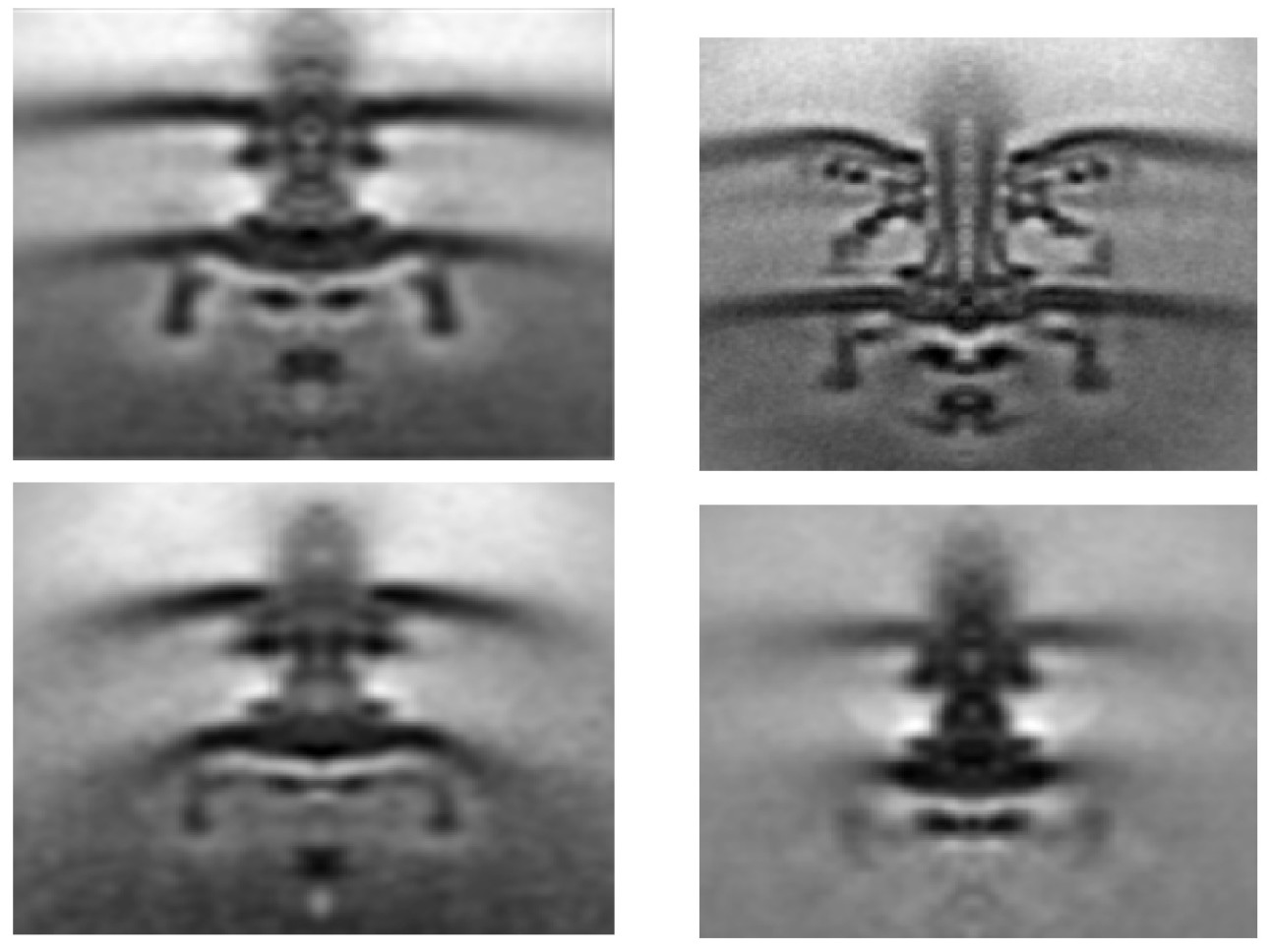

Here’s a batch of fresh news and announcements from across Imperial.
From a small-scale study into coronavirus’s deactivation in swimming pool water, to the creation of new ‘biocompatible’ artificial cells, here is some quick-read news from across the College.
Pool water can deactivate coronavirus
Mixing SARS-CoV-2 with chlorinated pool water can deactivate the virus, rendering it unable to infect cells – at least under lab conditions.
Professor Wendy Barclay’s team in the Department of Infectious Disease was commissioned to carry out tests using samples of chlorinated water collected from a swimming pool.
In a high containment lab, they measured the ability of the virus to infect cells, the first step in its transmission.
“We could show that the virus does not survive in swimming pool water – it was no longer infectious,” explained Professor Barclay. “That, coupled with the huge dilution factor of virus that might find its way into a swimming pool from an infected person, suggests the chance of contracting Covid-19 whilst swimming is negligible.”
While encouraging, the findings have not been peer-reviewed and the data have yet to be published. The work was commissioned by Swim England, Water Babies and the Royal Life Saving Society UK. Full details are available on the Swim England website.
Finding fuzzy phases
 Matter can come in many phases, from the liquid, gas, and solid states of water to strange ‘topological’ states of quantum matter. Most current knowledge about phases, and the transitions between them, relies on the assumption that matter is made up of an extremely large number of particles. But what if there are only a handful of particles?
Matter can come in many phases, from the liquid, gas, and solid states of water to strange ‘topological’ states of quantum matter. Most current knowledge about phases, and the transitions between them, relies on the assumption that matter is made up of an extremely large number of particles. But what if there are only a handful of particles?
Now, researchers from the Department of Physics have experimented with just a few photons (particles of light) as they interact with a colourful dye between two mirrors. They used machine learning to look for patterns in the data, finding that phases and phase transitions in the small collection of photons have a ‘fuzzy’ character based on probabilities. They say this provides a fundamental statistical tool to understand the material properties of small systems.
Read more in Physical Review Letters: “Learning the Fuzzy Phases of Small Photonic Condensates”
A tale of tails
 E.coli, and related bacteria that live in the gut, have motorised ‘tails’ that help them swim through the gut. The tails of E. coli have long been used as a standard when studying the evolution of such tails in other classes of bacteria.
E.coli, and related bacteria that live in the gut, have motorised ‘tails’ that help them swim through the gut. The tails of E. coli have long been used as a standard when studying the evolution of such tails in other classes of bacteria.
However, researchers from Imperial have discovered that E. coli and its relatives like Salmonella at some point abandoned the tails they inherited from their ancestors and replaced them with tails acquired from another class of bacteria in a process called ‘horizonal transfer’, where bacteria can swap genes.
The team think this happened when the bacteria evolved to live in guts, where they needed a more ‘general’ type of tail. Their birthright motors were too specialized for a diverse environment such as the gut. Ferreira et al. suggest this was achieved by transfer from other bacteria, rather than through de-specialisation of existing tails.
Read more in Frontiers in Microbiology: “The “Jack-of-all-Trades” Flagellum From Salmonella and E. coli Was Horizontally Acquired From an Ancestral β-Proteobacterium”
Artificial cells get moving
‘Artificial cells’ mimic functions of real cells, but in much simpler systems. These cells could help scientists understand basic cell functions, but could also have practical applications, for example as capsules for targeted drug delivery.
Now, researchers from Imperial have created artificial cells that can move in response to a chemical gradient, like natural cells. The team used two aqueous liquids that separate, much like water and oil, forming droplets that are stabilised by small spherical membranes called liposomes, forming a ‘cell’. The liposomes modulate and control the droplets’ motion through the second liquid, with their concentration controlling the speed of movement.
The liquids used mean the artificial cells are ‘biocompatible’ and could be used in the body. The team are now looking to embed features in the liposome layer that could allow the cell to carry and release molecules like drugs in a controlled way.
Read more in Nature Communications: “Engineering motile aqueous phase-separated droplets via liposome stabilisation”
–
Want to be kept up to date on news at Imperial?
Sign up for our free quick-read daily e-newsletter, Imperial Today

Article text (excluding photos or graphics) © Imperial College London.
Photos and graphics subject to third party copyright used with permission or © Imperial College London.
Reporters
Ryan O'Hare
Communications Division

Contact details
Tel: +44 (0)20 7594 2410
Email: r.ohare@imperial.ac.uk
Show all stories by this author
Hayley Dunning
Communications Division

Contact details
Email: press.office@imperial.ac.uk
Show all stories by this author
Andrew Youngson
Communications Division




Leave a comment
Your comment may be published, displaying your name as you provide it, unless you request otherwise. Your contact details will never be published.